 Understanding Spiders - April 15, 2020 Jeff Schalau, Agent, Agriculture & Natural Resources University of Arizona Cooperative Extension, Yavapai County As many folks have been at home practicing social distancing, you are probably out in your yard looking around and observing things more closely. As you do, look for spiders. With the warming temperatures of spring, more insects should begin to emerge. Spiders will follow these emerging food sources. I encourage you to learn to enjoy and respect them. Among scientists, spiders are considered beneficial because of their role as predators of insects and other arthropod “pests”. Spiders are classified as arachnids. They have eight legs and two body parts–a head region (cephalothorax) and an abdomen. They lack wings and antennae. Although spiders often are found on plants, they eat mainly insects, other spiders, and related arthropods, not plants. Most spiders have toxic venom, which they use to kill their prey and many of these could not bite (envenomate) a human if they tried. However, those spiders whose venom typically causes a serious reaction in humans are called "poisonous" spiders. Many types of spiders prefer living in houses and these species are generally not harmful to humans. Various kinds of small hunting spiders may wander indoors and occasionally, rather large, hunting-type spiders are discovered in homes or garages. Sometimes these are fully grown wolf spiders or tarantula males that have reached maturity and are searching for females. When these spiders are wandering, one or more may accidentally get indoors. The more insects there are inside a building, the more likely it is to have spiders living there. Spiders get into your home in one of two ways: 1) because you brought them in (firewood, boxes, stored materials, etc.) or 2) because they are attracted to the prey insects living in and around your house or they sought warmer temperatures and found a way in through a crack or crevice. You can prevent them from coming in by weather stripping doors, repairing screens, caulking, and controlling prey insect populations. While it is rare, if facing a severe poisonous spider infestation, work with professional pest control experts that can apply chemical treatments which should be used in conjunction with sanitation and trapping. As stated earlier, most spiders cannot harm people. Of the thousands of species of spiders, only a handful are considered harmful to humans. In Arizona, the two most common venomous spiders are the Western Black Widow (Latrodectus hesperus) and Arizona Recluse (Loxosceles arizonica). Many people have seen adult female black widow spiders and can recognize them from their shiny black color and red hourglass pattern on the underside of their abdomen. Males and juveniles tend to show more color, with orange, red and white markings on the back and sides. Black widow spiders are shy and secretive and found in seldom-disturbed areas. The Arizona Recluse is tan to brown and has a distinctive violin-shaped darker marking on the cephalothorax, with the neck of the violin pointed toward the abdomen. The eye pattern is also distinctive. Arizona Recluse spiders have three pairs of eyes arranged in a semicircle on the forepart of the head. You will likely need a hand lens to see the eyes. When working in potentially spider-infested areas or handling firewood, always wear gloves and a long-sleeved shirt. When working in crawlspaces or attics wear a hooded sweatshirt and tuck your pants into your socks. If you suspect you have been bitten, try to safely capture the spider for identification (I know what you are thinking and yes, a smashed sample is better than nothing). Finding the spider is helpful in diagnosing and treating the bite and may aid physicians in diagnosis and treatment of spider bites (especially Arizona Recluse bites). Bites from blood-feeding insects (kissing bugs, bird bugs, bat bugs, and bedbugs) are often mistaken for spider bites. In addition, environmental conditions, reactions to chemicals in the environment (pesticides, cleaning products, etc.), and other underlying health conditions can be misdiagnosed as spider or insect bites. It is best to learn to respect, tolerate, and enjoy spiders - they are excellent pest controllers in your garden, landscape, and home. I find the orb weavers especially entertaining with their circular webs and hunting displays. I’ve included additional spider photos and information below. You can follow the Backyard Gardener on Twitter – use the link on the BYG website. If you have other gardening questions, call or email the Master Gardener help line in the Prescott (928-445-6590/prescottmg@gmail.com) or Camp Verde (928-554-8992/verdevalleymg@gmail.com) and be sure to include your name, address and phone number. Find past Backyard Gardener columns or provide feedback at the Backyard Gardener web site: http://cals.arizona.edu/yavapai/anr/hort/byg/. Images 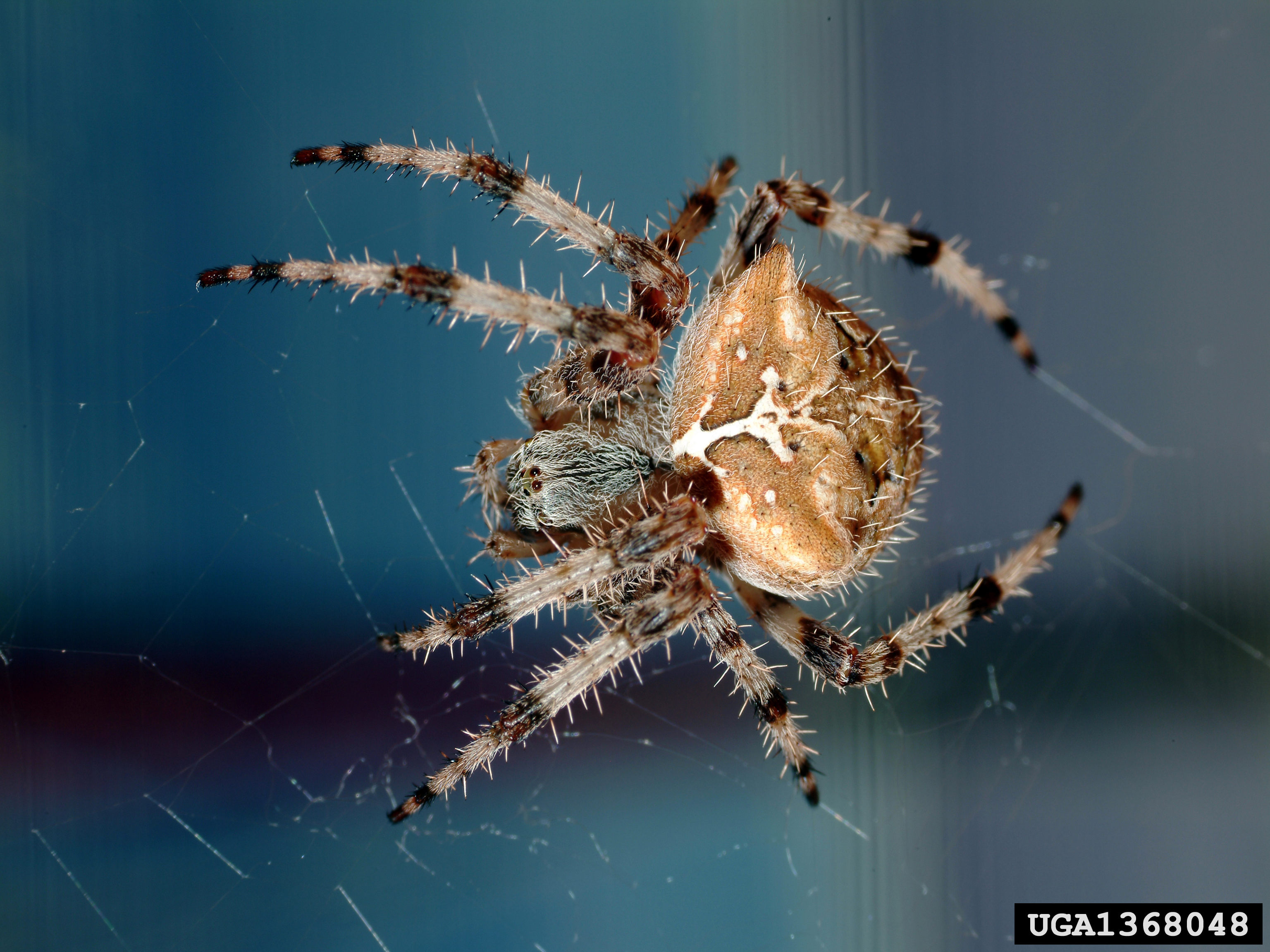 Orb weaver spider (Neoscona crucifera, photo by Joseph Berger, Bugwood.org). 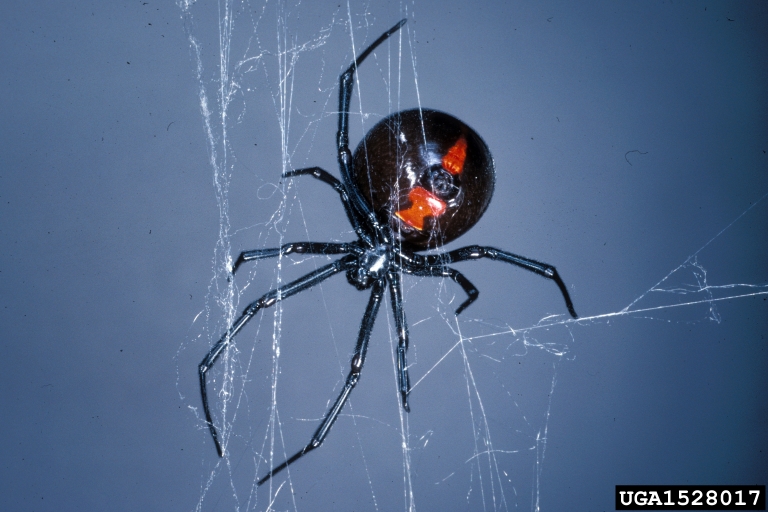 Adult female black widow spider (Sturgis McKeever, Georgia Southern University, Bugwood.org). 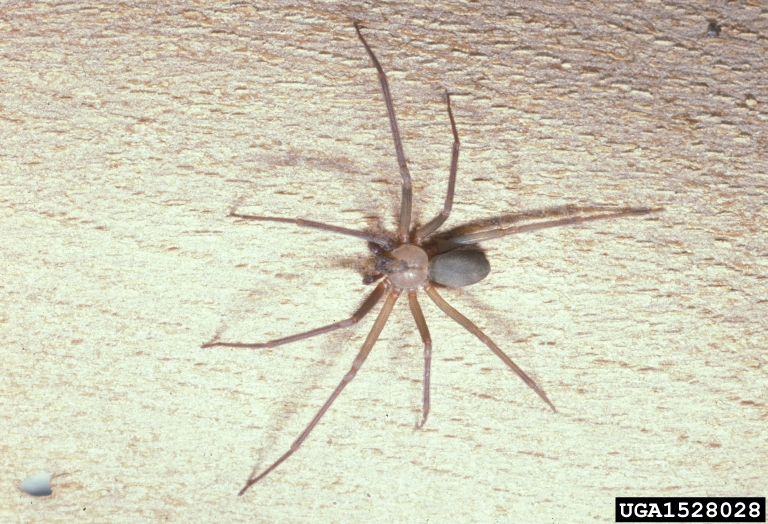 Adult brown recluse spider (Sturgis McKeever, Georgia Southern University, Bugwood.org). 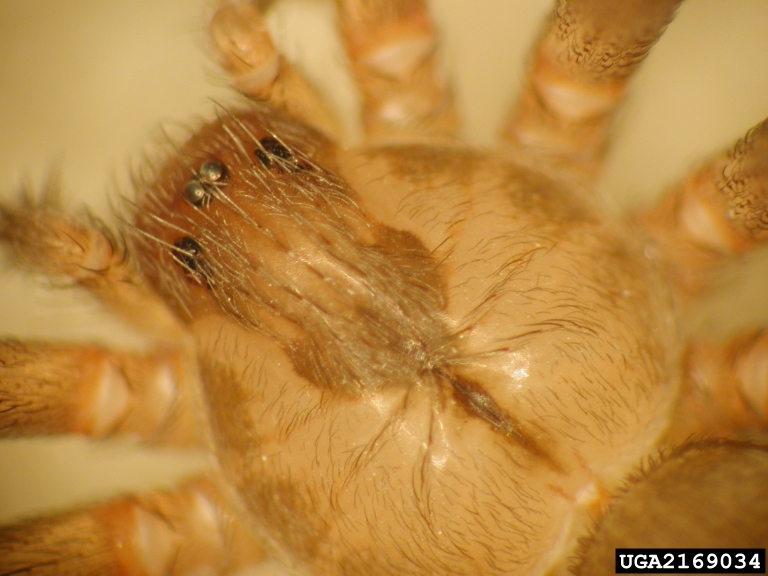 Unique eye pattern (three pairs) on brown recluse spider (Lisa Ames, University of Georgia, Bugwood.org). 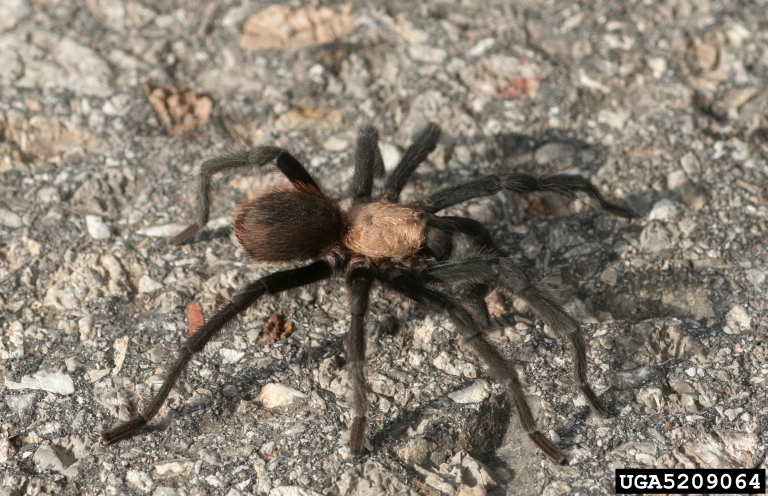 Adult Oklahoma brown tarantula (Whitney Cranshaw, Colorado State University, Bugwood.org). Additional Resources Spiders in the Home, Colorado State University Extension extension.colostate.edu/topic-areas/insects/spiders-in-the-home-5-512/ Western Widow Spider, Colorado State University Extension extension.colostate.edu/topic-areas/insects/western-widow-spider-5-605//a> Control of Brown Recluse Spiders, Texas A & M AgriLife Extension citybugs.tamu.edu/factsheets/biting-stinging/others/ent-3003/ |